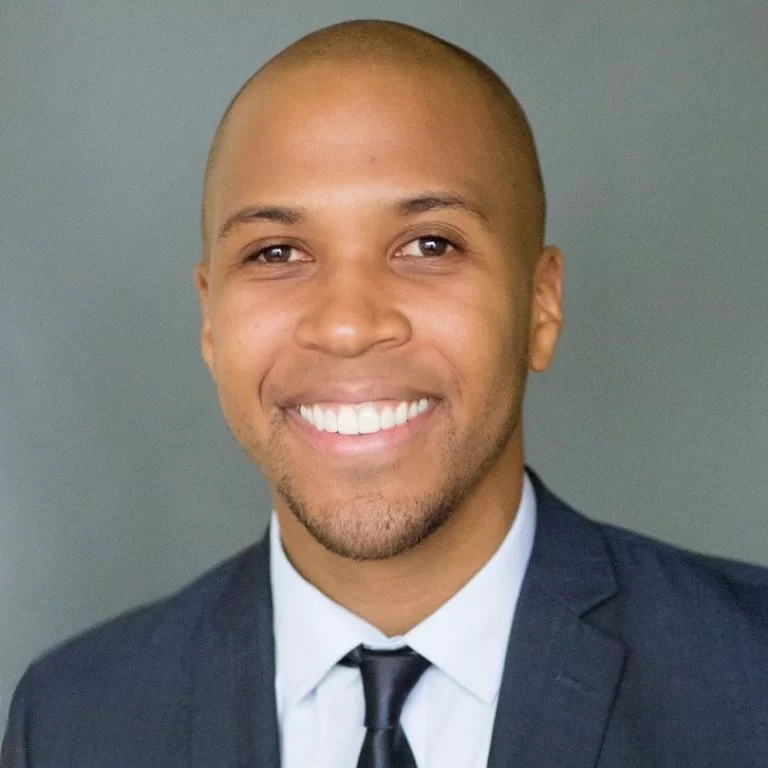Times have certainly changed. Gone are the days where sun protection was an afterthought, and sunburns mere inconveniences. Up to 50% of Americans who live to age 65 will develop at least one non-melanoma skin cancer. You can decrease your risk of developing precancerous and cancerous lesions going forward while still enjoying the outdoors. Here are a few beyond-the-basic pointers:
- Sunscreen is short-lived. Breakdown begins when it hits your skin, no matter the brand or SPF. Consider setting a timer for every 2 hours, but reapply sooner after excessive sweating, toweling, or rubbing.
- Ingredients matter. “Physical blockers” like zinc and titanium work as soon as you apply them, whereas “chemical blockers” need 15-30 minutes to start working.
- Cover up. The need for sprays and creams can be reduced by wide-brimmed hats, long-sleeved shirts and pants. Look for UPF ratings of 30+.
- Consider the landscape. Water and sand can reflect UV radiation upwards and sideways, and render hats and other coverage inadequate.
- Location, location, location. Oft-neglected areas include the ears (mostly men), décolletage (mostly women), and areas of scalp with parted or thinning hair (everyone).
- Timing matters. UV-index ratings (on a scale from 1 to 11+) peak midday, so consider spending time outside before 10am or after 4pm. Download the free EPA SunWise UV-index mobile app for location and time-specific forecasts.
- Clouds don’t have you covered. Up to 80 percent of UV rays can pass right through!
- Rethink burning and tanning. UV damage occurs even before the point of burning, and skin darkens in response to this damage already done. An ability to tan doesn’t make it safe to do so.
- Find a dermatologist. Consider scheduling a baseline full skin exam to help assess your risk, especially if you’re concerned about new or changing skin lesions.
